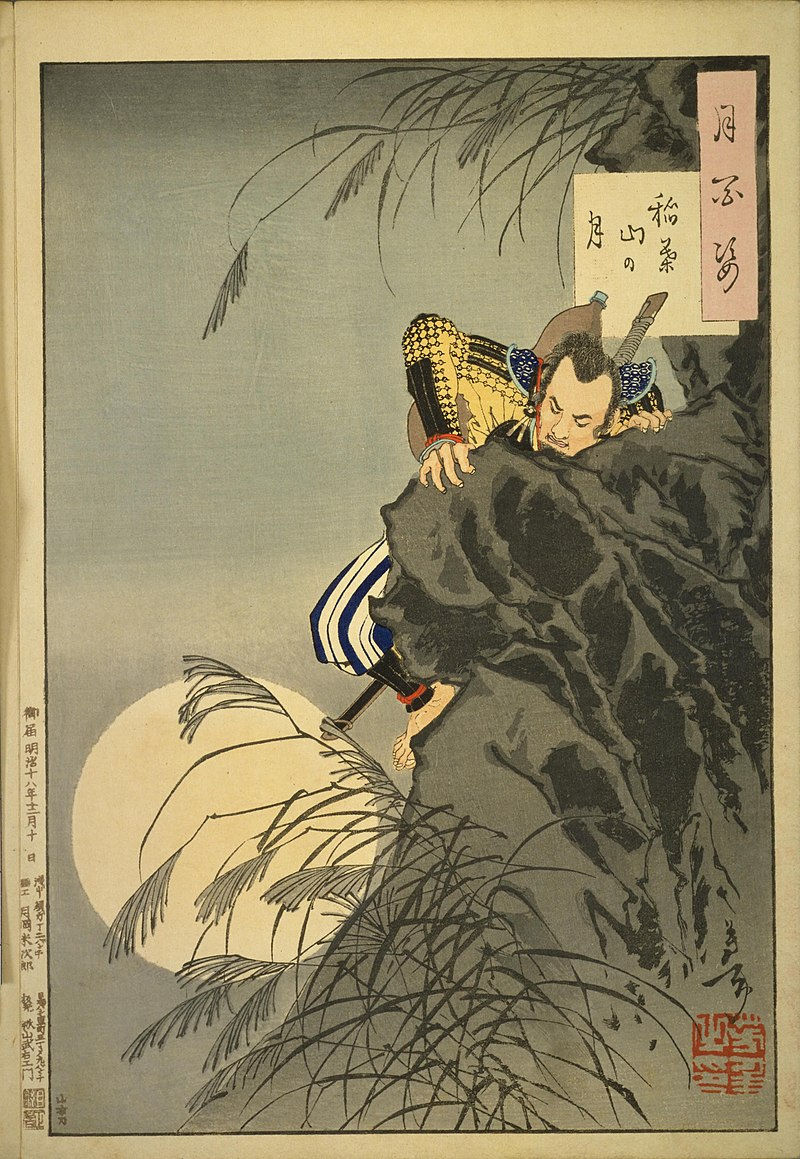Koku
- 2304583d
- Aug 4, 2024
- 2 min read

A Koku (石) is a traditional Japanese unit of volume that was historically used to measure quantities of rice and, by extension, to denote wealth and economic power. The koku was an important measure of the output of domains during the feudal period in Japan.
Volume: One koku is equivalent to approximately 180.39 liters or 47.6 U.S. gallons.
Use: The koku was originally defined as the amount of rice required to feed one person for one year. This volume translates to roughly 150 kilograms or 330 pounds of rice.
Economic Indicator: In pre-modern/feudal Japan, a Daimyo's wealth and power were often measured in terms of how many koku of rice their domain could produce annually. This measure was a key determinant of a daimyo's standing and influence. For example, during the Tokugawa Shogunate, a Daimyo whose domains produced 50,000 koku was considered more prestigious and higher ranked than one whose domains produced only 10,000 koku.
Land Assessment: The productivity of land was assessed in koku, and this assessment was used to levy taxes and allocate resources. Regions were often valued based on their rice production capacity.
Salaries and Stipends: Samurai and officials were paid in koku, with their stipends reflecting their rank and duties. The amount of koku a samurai received was indicative of their status and responsibilities within the feudal hierarchy.
Taxation: Taxes were collected in the form of rice, measured in koku. This system linked agricultural productivity directly to the economic stability of the domain.
Military Power: The ability to support a certain number of troops was often expressed in terms of koku. For example, a daimyo with a domain producing 100,000 koku could support a large number of retainers and soldiers.
Political Influence: The shogunate allocated land and titles based on koku. A daimyo's fief was ranked by its koku output, influencing their role in the political hierarchy.




Commenti